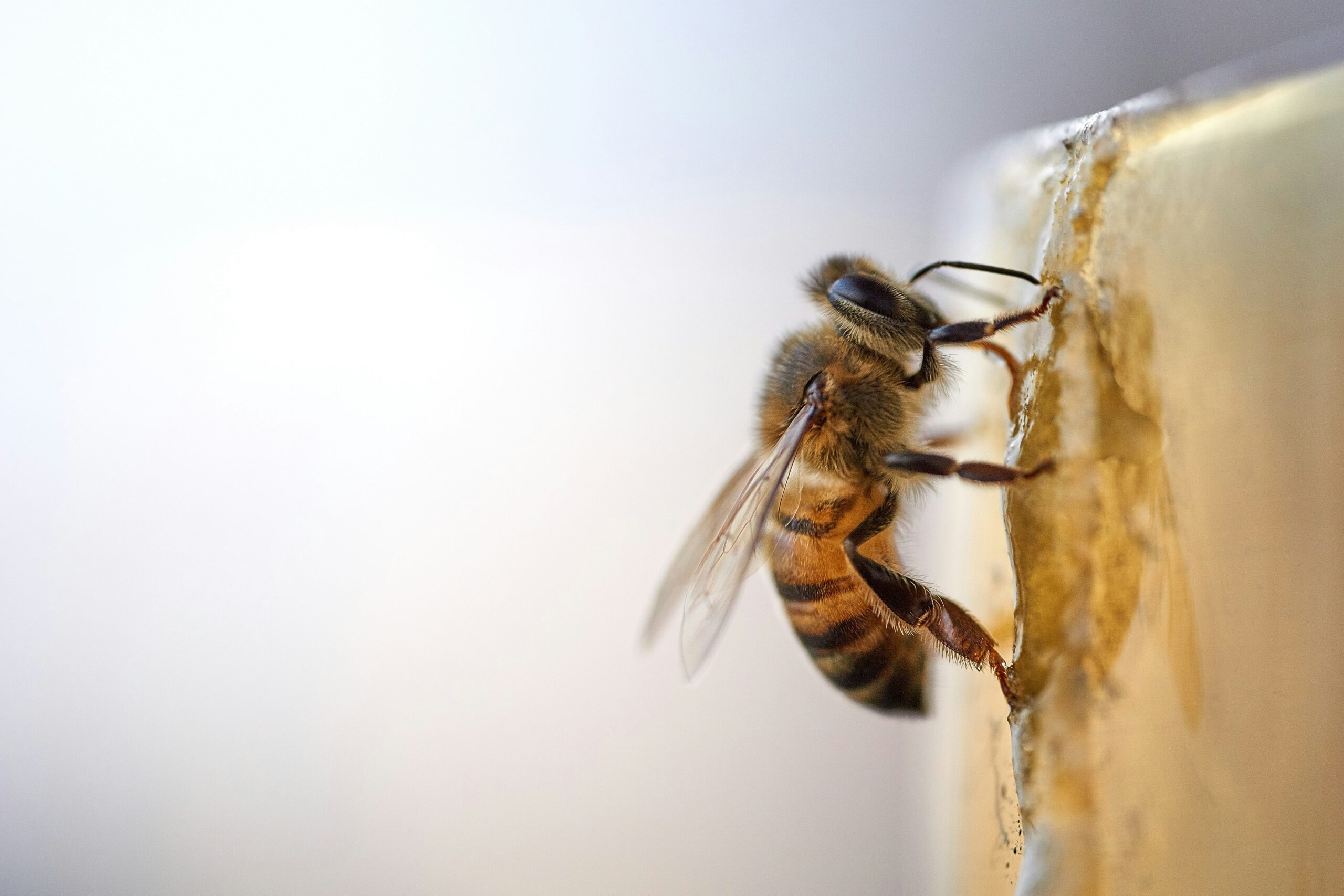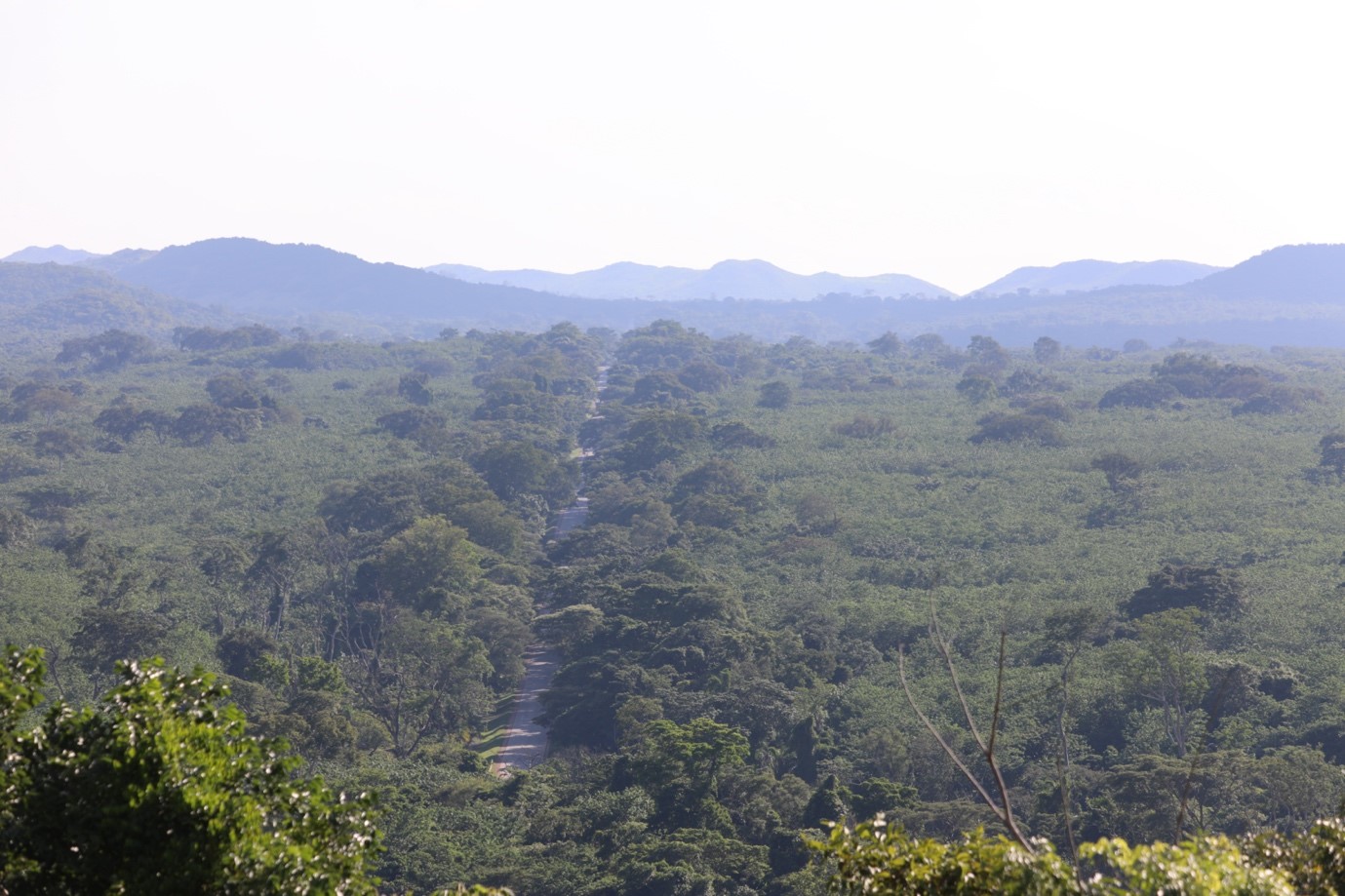City homes for all
‘Unless the LORD builds the house, the builders labour in vain. Unless the LORD watches over the city, the guards stand watch in vain.’ Psalm 127:1
I would probably describe myself as a Londoner, having now lived in the UK’s capital for nearly 40 years. I love London. Our daughters think it is the best city in the world and we were of that lucky generation that could afford to buy a house and create a family home in its leafy suburbs.
It’s difficult to describe or encapsulate this magnificent metropolis but here are a few statistics. Greater London covers 600 square miles and is home to 8.6 million people (12.6% of UK’s population). 300 different languages are spoken and it is the most populous city in Europe.
If the border of Greater London can be well defined, its internal structure is immensely complicated. Indeed, London’s defining characteristic is an absence of overall form. It is physically a polycentric city, with many core districts. It’s a cliché, but London really is a collection of villages which grew around churches, coaching inns and mills, spreading and merging as development rapidly expanded the suburbs.
This haphazard growth was brilliant for wildlife once local authorities woke up to the importance of underdeveloped parks and spaces. Flying over London it is surprising to see so much green space for such a populous city. Nearly half of London’s land is blue and green space and a fifth, covering 1,500 different sites, is protected for wildlife. Over 15 different habitats have been identified, from wetlands to chalk downs, home to 13,000 species and all within a densely populated urban landscape.
There have been some headline-hitting success stories. Peregrine Falcons Falco peregrinus are now a familiar sight in London, and I have the privilege of seeing one regularly in Alexandra Palace, my local park. It turns out that city living is safer for them, as illegal poisoning poses a significant risk in the countryside. As many as 30 pairs now breed across London. They have adapted well to the soaring spires of cathedrals and modern high-rise architecture. Cities are also typically warmer than the surrounding countryside, allowing eggs to hatch earlier and chicks to grow faster.
In 2022, Beavers Castor fiber were introduced to two sites in Greater London, albeit in very large enclosures. The decrease in water pollution has meant that after 400 years the conditions are favourable for this urban rewilding. Not only are beavers creating a wetland ecosystem which helps with flood control, but the pair in North London have now successfully bred.
As A Rocha we have our own success story. 12 years ago, A Rocha UK was granted three acres of ‘waste land’ by Ealing Council to create an urban nature reserve in West London. The team transformed this former industrial brickworks site into a green oasis, with an orchard, ponds, meadow and community allotments. Reserve Manager Andrew Samuel explains, ‘Southall is incredibly urban, and Wolf Fields provides the local community with access to a safe green space’.
These good news stories lighten our hearts, but with London’s population forecast to grow to 10 million by 2030, the pressure on these precious urban habitats is immense. The 1,550 sites in London are called SINCs (Sites of Importance to Nature Conservation). Although they are afforded a high level of protection within London’s planning system, they have no legal protection. Therefore, several SINCs have been built on, or adjacent to, which damages the ecological integrity of the whole site.
And while Wolf Fields has huge benefits for the local community as well as for wildlife, the land is owned by the local council. A Rocha’s lease expires in six years’ time, with no guarantee that the project can continue.
Legal protection is the best way to preserve these precious microenvironments and one way is to campaign and raise the profile amongst local communities. But this can be a ‘catch 22’ – as more and more people discover their local nature reserves, there is an increasing pressure to manage them for both wildlife and for of local people. ‘It’s a delicate balance,’ says Andrew. ‘We could manage Wolf Fields solely for wildlife and let it grow wild and increase species diversity, but we need to make it accessible so locals can benefit, enjoy and learn more about God’s creation’.
Through research and better understanding, more urban green spaces are serving both locals and wildlife. An ancient 28-hectare woodland near me in North London has SINC status but has been threatened with so much local use. To protect these ancient trees, extensive areas have been cornered off using dead hedging for ten years to give the ground a break from trampling and help with regeneration and the health and survival of the existing trees. A disused railway line, The Parkland Walk, which by day is used by walkers, joggers and cyclists is kept dark at night to allow bats to use it as a corridor between foraging sites and their home roost.
The good news is that these natural habitats are no longer being taken for granted, as they are understood to form a critical part of a functioning city. Wetlands can help reduce the impacts of heavy rainfall, cool the city and enhance air quality, and wild green spaces are increasingly recognized as important to people’s quality of life and the city’s functionality.
Whether you see introducing beavers to Greater London as a vanity project or a sign of progress in urban conservation, I rather like the idea that I share my home, my city, with these industrious creatures.
As Andrew Samuel echoes, ‘I feel privileged that during my lunch break I can come to Wolf Fields, enjoy the peace and tranquility and catch five or six different songbirds foraging on a bramble in such an urban place.’ In a culture and time where we can feel overwhelmed by species crash, climate change and loss of habitats, these small gains bring hope and glimpses of heaven on earth to all of us.
By Debbie Wright, former trustee and long-term volunteer of A Rocha UK.
Debbie has professionally worked for the BBC as a producer and director and more recently producing content and videos for various Christian charities. She lives in North London with her husband Graham and loves nothing better than catching a sunrise in Alexandra Palace on numerous early morning walks.



